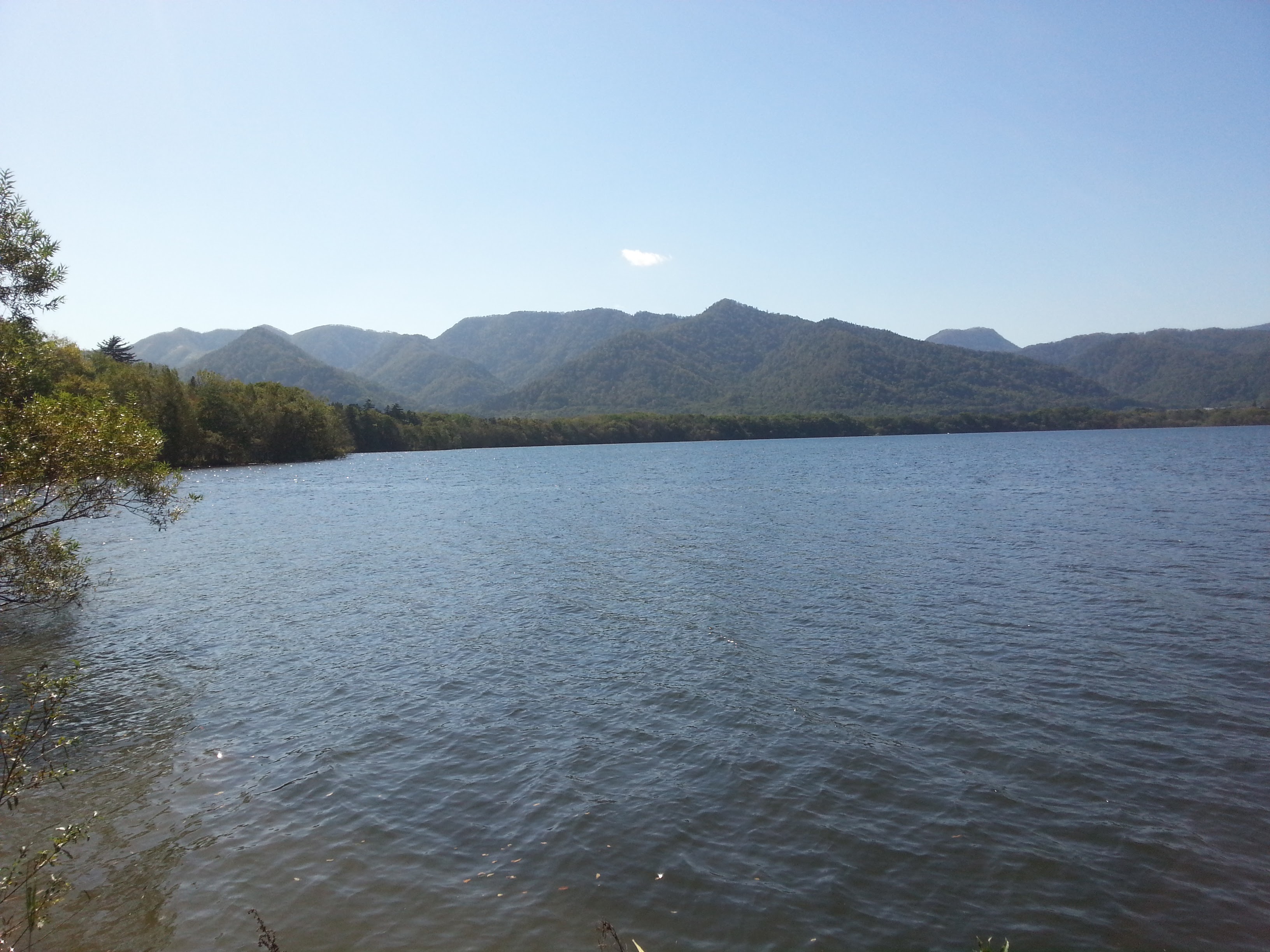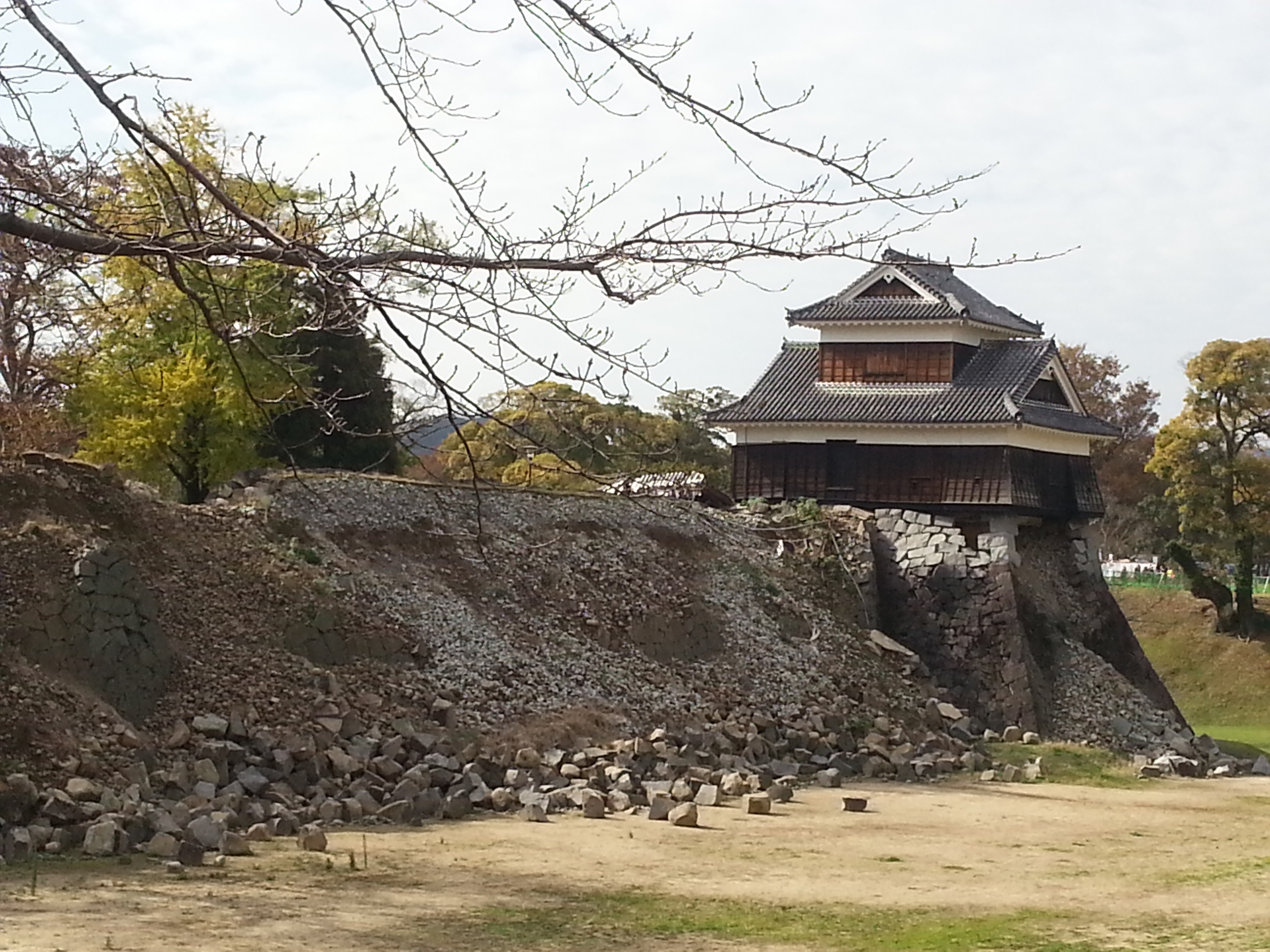Long before Hokkaido was a part of Japan, the indigenous people, known today as the Ainu, had developed extensive trading links with Russia to the north, China to the west as well as the ethnic Japanese Matsumae clan from northern Honshu that had gained a foothold in the southwest corner of Hokkaido in the sixteenth century. The Ainu were hunter-gatherers who traded salmon, kelp and other raw materials for rice, sake and lacquerware etc. They were culturally and linguistically diverse group of peoples but united in their reverence for the land, rivers and sea, and the plants and animals that inhabit them. In the mid-seventeenth century, the Ainu staged a rebellion against the increasingly repressive trade regime imposed by the Matsumae clan. The rebellion was crushed and Japanese traders reasserted their dominance, expanding their land ownership and reducing the Ainu to little more than indentured labourers.
Following the Meji Restoration, the new government in Tokyo formally incorporated Hokkaido into the Japanese nation state. The annexation was designed to provide Japan with a bulwark against Russian expansionism in the Pacific and to further exploit the agricultural and mining potential of the region. Vast tracts of land were sold off to Japanese settlers by the newly established Hokkaido Development Commission, run primarily by modernizing zealots from Kagoshima, thereby further eroding Ainu culture. The government banned traditional Ainu hunting and fishing practices and forced them to live in permanent settlements like civilized people. They were forbidden to speak their own language and taught to be ashamed of their own culture.
It was a process of colonisation and subjugation very similar to that in north America and Australia: a small group of settlers initially trading with indigenous peoples but then gradually appropriating their land and forcing them to adopt the language, laws and customs of their oppressor. The Ainu were seen by the Japanese as savages, essentially sub-human, not worthy of the same rights as civilized people until they themselves had been civilized.
Today, the Ainu have been largely integrated into Japanese society and many have migrated to Honshu but in the last few decades there has been a concerted attempt by younger Ainu in particular to reclaim their language and cultural heritage. In 1997, the Japanese government somewhat reluctantly enacted the Ainu Culture Promotion Act but this has provided little concrete help, with Ainu culture being promoted in Hokkaido mainly as a tourist attraction for Japanese and foreign tourists. It was not until 2008, that the Japanese government bowed to international pressure and formally recognized the Ainu as “an indigenous people with a distinct language, religion and culture” but this belated recognition was largely symbolic, absent of any apology for past policies of land theft and cultural assimilation.

Lake Kussharo, eastern Hokkaido, seen from the Kotan Ainu Folklore Museum, one of the few institutions in Japan that tell the story of the Ainu from their own point of view
It was initially a somewhat similar story in the Ryukyu Islands to the southwest of Japan, although here the narrative changed significantly with the American occupation of Okinawa after World War Two. Like Hokkaido, the Ryukyu Islands played a key role in facilitating early trade between China, Japan, the Philippines and southeast Asia. From the fourteenth century on, the islands were a unified kingdom that paid tribute to the Chinese emperor and adopted many Chinese customs. In 1609, the Tokugawa shogunate laid claim to the islands and authorised the Satsuma clan of Kagoshima to trade with islands at a time when foreign trade in the rest of Japan was limited to a tightly controlled district of Nagasaki. At the same time, the Ryukyu kings continued to pay tribute to the Qing emperor in Beijing and the islands remained largely free from Japanese interference.
That changed in 1879 when the new Meji government launched a military invasion of the islands and formally incorporated the Ryukyu into the Japanese nation state. The Ryukyu royal family and its government were abolished and the islands came under direct Japanese control. As in Hokkaido, the Ryukyu languages and cultural traditions were banned in public and the islands’ children were taught to be Japanese. The main difference with Hokkaido was that the Ryukyu Islands did not see a largescale migration from the Japanese mainland, largely due to distance involved and lack of exploitable land resources.
In 1945, the main Ryukyu island of Okinawa became part of the American empire, and although sovereignty was returned to Japan in 1972, the United States maintains a massive military presence, occupying about one fifth of the entire island. The military bases are major source of tension in the islands with most anger directed at Tokyo for continuing to allow their presence.
Okinawa is the one place in Japan that does not immediately feel like Japan. This is partly due to its distinct climate and geography but also because Japan’s cultural and political influence has been relatively limited, with China and the United States playing arguably just as an important role in shaping the island. Indigenous culture is still evident, particularly in local architecture, the presence of ornamental house guardians, known as Shisha (see photo left), and in distinctive local cuisine. Japanese is clearly the main language but the local Ryukyu languages are still very much alive, especially on the smaller islands.
One of the more intriguing differences between Okinawa and the rest of Japan is that Shuri Castle, seat of the Ryukyu kings, was built on a hill overlooking the coastal city of Naha. It is, as the American invaders discovered in 1945, an excellent defensive position, allowing defenders to see the enemy coming from miles around. In the rest of Japan by contrast, the castles of feudal rulers, including the Imperial Palace in Tokyo, were mostly built on low ground, sometimes even surrounded by hills, making them vulnerable to attack. This perhaps explains why traditional Japanese castles have such elaborate defences, high walls and deep motes, as well as an extensive retinue of samurai retainers to protect it.
Moreover, it is not just Shuri Castel that is built on higher ground, nearly all of the hilltops in the urbanized south of Okinawa are covered in villas and apartment buildings. In the rest of Japan, the vast majority of the population is crammed into lowland coastal areas while the hills are virtually deserted. Building work stops almost as soon settlements reach any kind of slope. The reluctance to build on higher ground is one the more curious aspects of Japanese society given that the majority of the country is mountainous. Most mountainous countries and regions do have high altitude settlements. The highest permanent settlement in Switzerland, for example, is 2,126 metres, in Peru it is a remarkable 5,100 metres, but in Japan, the highest settlement, in the foothills of Mount Fuji, is only 875 metres high. The few mountain settlements that do exist in Japan tend to be small, scattered villages or hot spring or ski resorts rather than fully-functioning towns.
It is not as if the Japanese cannot build in mountainous areas; the magnificent network of road and rail tunnels and bridges that crisscross Japan are evidence enough that the country’s engineers and architects could build anything they want just about anywhere they want. Earthquakes might be a reason for not building on sloping ground given the danger of landslides etc. but earthquakes can do just as much damage on flat ground. The Kumamoto earthquake of April 2016 triggered numerous landslides in mountain areas and six months later many roads were still impassable but more damage occurred in the populated lowland regions, including Kumamoto Castle, where large sections of the perimeter wall collapsed. Moreover, people living on low lying land by the sea are obviously much more at risk of tsunamis than people in the mountains so risk avoidance is perhaps not the main reason why Japanese stick so steadfastly to the coastline and the valley floor.

Kumamoto Castle, November 2016, eight months after the earthquake
I suspect the reason has more to do with mountains and forests being the realm of the gods and ghosts, making them off limits for mortal habitation. Mountains and forests are places of pilgrimage and devotion rather than permanent settlement. Indeed, in the valley settlements that I visited, the most elevated structure was usually the local shrine or graveyard. A typical village would consist of cultivated land, usually rice fields, in the valley floor, lined by residential dwellings that religiously follow the contours of slopes, often in single file, and only occasionally venturing further up the slope when the incline is not too steep. The local shrine would often be located at the top of a steep set of steps and hidden from the rest of the village by trees (see photo below). In those towns that are built on a relatively steep slope, such as the port city of Onomichi near Hiroshima, there seems to be an over-abundance of temples. The Onomichi temple walk for example lists 25 temples packed into the hillside of this relatively small town. I don’t know for sure that the high density of temples is connected to the angle of the slope in Onomichi but I suspect it is not entirely coincidental.
Mountains and forests in Japan are also traditionally the home of outlaws and bandits, places of danger and violence, and certainly not somewhere a civilized person would choose to live. Civilized people live in towns and cities, places of culture and refinement, governed by a clear set of rules that everyone acknowledges and abides by. The town acts as a buffer against the dangers lurking in the mountains. Anyone from the wilds outside the city is viewed as untamed, uncivilised, not part of the group, and therefore not be trusted: Those who are foolish enough to trust them will pay a heavy price.
In Kurusara Akira’s film Rashomon, the notorious bandit, Tajomaru, played with wild, animalistic intensity by Mifune Toshiro, tricks an urbane, sophisticated samurai into a mountainous bamboo grove with the promise of hidden treasure. Tajomaru then kills the samurai and rapes his wife, alternatively, the wife kills the samurai or he kills himself after witnessing the violation of his wife, depending on who is telling the story. Regardless of who is telling the truth, however, the wild, lawlessness of the mountains and forests are undeniable.